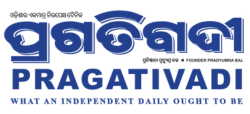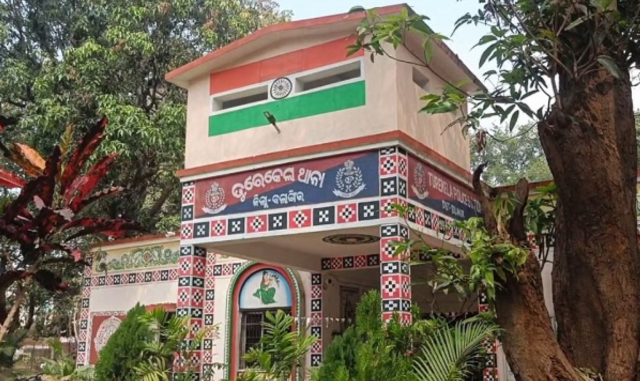The “Gemini Nano Banana” trend and its offshoot, the viral vintage saree AI edits, have gained immense popularity on platforms like Instagram. The trend uses Google’s Gemini Nano model to transform selfies into stylized portraits, but it raises important questions about safety and privacy.
Understanding the AI Tool’s Safety Features
- SynthID Watermark: Google’s Gemini Nano images are embedded with an invisible digital watermark called SynthID, along with metadata tags, to identify them as AI-generated. While this can help verify the image’s origin using specific detection tools, the tool for detecting this watermark is not publicly available to the general user. This makes it difficult for everyday viewers to confirm if an image is AI-generated.
- Limitations of Watermarking: Experts, such as Hany Farid, a professor at UC Berkeley, acknowledge that while watermarking can be a helpful tool, it has limitations. These watermarks can be faked, removed, or ignored, so they are not a foolproof solution for preventing misuse, especially deepfakes.
How to Protect Your Photos
To minimize risks when using AI tools, experts recommend following these safety practices:
- Be Selective: Avoid uploading sensitive or private photos. The information you put into the tool is only as safe as the tool’s security measures and the intent of those who access it.
- Strip Metadata: Remove location tags and device information from your photos before uploading them to prevent unintended data leakage.
- Use Privacy Settings: Set strong privacy controls on your social media accounts to limit who can see your images and prevent them from being copied or misused.
- Retain Backups: Always keep a copy of your original photo or prompt so you can easily detect any unauthorized changes or misuse.
- Read Terms and Conditions: Be aware of the terms of service to understand whether the platform gains any rights to your images, such as using them for model training.





























